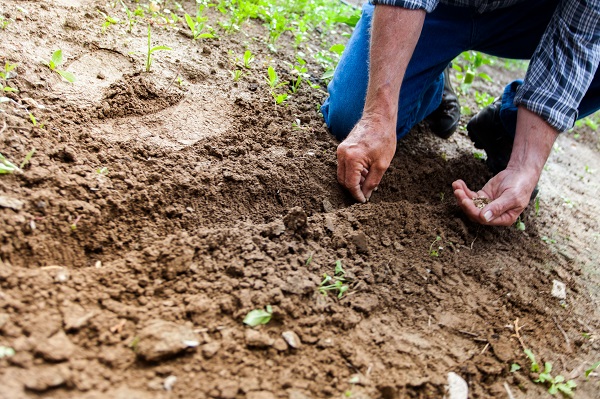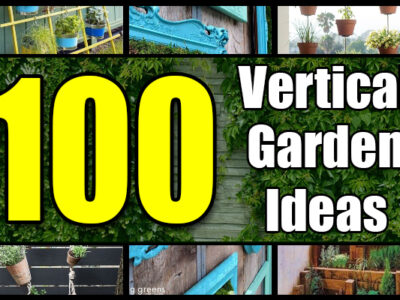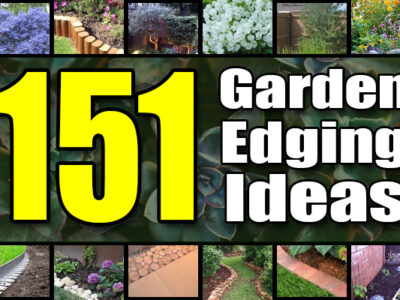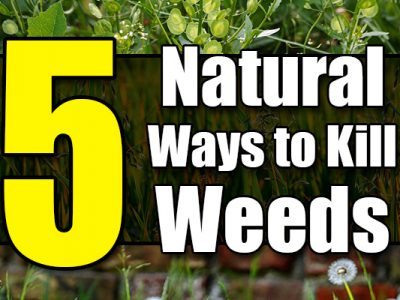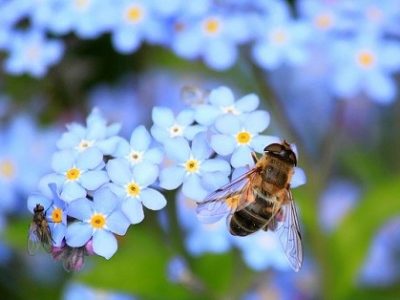There has never been a better time to be a first-time gardener! You have access to tools and information that makes starting and maintaining a productive and nutritious vegetable garden easier than ever. This article will show you how to quickly and simply plan your own backyard garden.
Good gardens begin with good garden plans.Figuring out what to grow is as simple as answering a few questions:
Good Garden Plans Question 1: What do I want from my garden?
This is the key question to determine the success of your garden. It’s easiest for the beginner gardener to concentrate on one kind of garden, rather than growing a bit of everything. You need to decide what you expect from your garden before figuring out ‘how’ and ‘when’. For example: do you want a garden that will provide the maximum amount of nutrition in a given space? Do you want a garden that your kids can help with and enjoy, too? Do you want a garden that will provide the most dollar value of vegetables? Or do you want a vegetable garden that is the easiest to start and maintain? Pick one and grow on!
Good Garden Plans Question 2: What do I have to work with?
Here’s where you make an assessment of the the garden tools and equipment you already have, the amount of available land you can access, the time you can devote to gardening, and your skills and experience. This will help you decide how ambitious your first garden plans should be. By the way, just because you don’t have a lot of space for your garden, or a lot of time, or a lot of equipment, it doesn’t mean you can’t have a productive garden; Its possible to have a great garden in less than 50 square feet, that can be built with hand tools, and that takes only about an hour/week to maintain.
Good Garden Plans Question 3: What should my garden site look like?
The basics for a good site for your garden are:
- Sunshine. At least 9-10 hours daily of unobstructed sunshine is a requirement for most vegetable garden, although you can grow a ‘shady garden’; some vegetables will grow with as little as 6 hours of sunshine daily.
- Soil. About a foot of good workable soil is the minimum required, although with raised beds you can grow your garden with less than this.
- Good drainage. You want a spot that doesn’t stay ‘soggy’ too long in the spring. We recommend raised beds for all our garden plans, but you still need access to your garden relatively early in the spring to get started.
- Access. You want to be able to get to all sides of your garden for ease of planting and cultivating and watering.
Good Garden Plans Question 4: What can my garden grow?
Next you need to consider the length of your growing season; this will determine which cultivars – i.e. vegetable varieties – will grow well in your area. You determine the length of your growing season by checking your spring Last Frost Date (LFD) and your fall First Frost Date (FFD). The difference between these dates is your growing season. For example, the LFD at my farm near Ottawa is May 6; the FFD is October 5. This means most years I will have about 150 frost-free days to grow my crops. This information tells you two things; when you can start (and expect to finish) your garden, and the cultivars you should grow, based on the ‘days to maturity’ given in your seed catalogs. You can find LFD and FFD for your area at these links
www.almanac.com/garden/frostcanada.php
www.almanac.com/garden/frostus.php
That’s it for this garden plans for beginners article. You should now have a good idea of what kind of garden to grow, where to grow it and when to grow it. Get out there and get growing!

